Ecommerce conversion rate optimization strategies
Optimizing your online store isn’t a one-and-done solution for ecommerce, it’s an ongoing process that will help you constantly learn more about your audience and how you can better serve them. It’s not a tactic with an endpoint—it’s something you should always be doing to get better.

Be sure to keep a list handy of all the experiments you’re planning on running in the future so you’re never without a new idea to explore.
To get your list started, here are some CRO strategies to test out in your store:
- Homepage
- Product discovery
- Product pages
- Checkout experience
- Shipping and returns
- Additional information
- Website speed and performance
Homepage
Think about your homepage as a physical storefront. It’s the front window of your store: capturing attention, igniting curiosity, and pulling people in.
Your homepage needs to feel inviting and to make it easy for people to enter and navigate your store. It needs to be a visually appealing and consistent experience that works toward achieving a single goal: getting people further into your store so they can find products they want to purchase.
1. Simplify the user experience
When it comes to designing an effective homepage, simplicity is key. It only takes 50 milliseconds for a customer to form a first impression of your website, so you need to do everything possible to make those moments count. Avoid overwhelming potential customers with excessive images and text. Instead, stay on brand and on message with a simple, visually appealing design.

Just take a look at icebreaker.com. For its homepage, it used a large hero image that occupies most of the space above the fold. The copy is simple and straight to the point, with a clear call-to-action (CTA) that pushes visitors to a collection.
If you’re not sure what to feature as your main hero, it’s usually best to go with either your bestselling or most profitable products, or collections like new arrivals or current promotions. This is especially true since 86% of website visitors want to see information about products on the homepage of a website.
2. Show off coupon codes, real time purchases, and more
As soon as your customers hit your homepage, you have the opportunity to start building excitement and driving them toward your products. If your goal is to get more traffic to your products, there are a bunch of great apps for Shopify store owners that can help drum up demand and incentivize purchasing:
Apps like 20+ Promotional Sales Tools let you share sales, coupon codes, promotions, and more with your customers as soon as they arrive on your site. These apps add a non-intrusive floating bar to the top of your homepage that will instantly grab your customers’ attention and push them exactly to where you need them to be.
Pop-ups and pop-unders are fantastic for building your email list. Try using an app like Privy or Popup to add a quick pop-up to your homepage offering a coupon code in exchange for a newsletter sign-up.
Apps like Fomo Social Proof add a small notification to the bottom corner of your store, showcasing real-time purchases being made by other customers. These apps incite a sense of urgency while also giving customers social proof that other people are out there buying your products right this minute. Behavioral psychology researchers at the University of Kentucky report that urgent situations cause people to act impulsively and quickly.


3. Add testimonials to build trust
Have you been featured in major publications? Are your products used by any high-profile influencers? Add testimonials, reviews, and badges to your homepage beneath your main content to build trust and project credibility.

Product discovery
Once customers are on your homepage, they need to be able to find the products they’re looking for and discover new products they might be interested in.
Your customers need to be able to navigate your website through a well-thought-out search function, smart category design, and engaging ways to discover products.
4. Use intelligent search
If your customers are looking for a product on your website, chances are they might not know exactly where to find it.
If your store has a large amount of products, you might want to consider featuring your search bar prominently on your homepage, giving your customers the opportunity to head directly where they want to be rather than digging through categories.
With apps like Smart Search & Instant Search, you can power up your search bar with predictive results that help your customers find what they’re looking for. Intelligent search bars suggest results and products as users are typing while taking into account things like spelling errors and alternate product names.

Website Alo uses the Smart Search & Instant Search app to help its yoga customers find exactly what they’re looking for. Even after entering just a few letters, the search bar already starts suggesting categories, products, and related results (which is effective for upselling and cross-selling).
5. Organize your categories effectively
For your customers, navigating your website should be easy, simple, and—most of all—obvious. Try to avoid separating your products into too many different categories. Instead, opt for four to six broad categories that contain more specific subcategories as a dropdown.
Order your categories in your navigation bar based on their popularity, with your most popular category at the front.
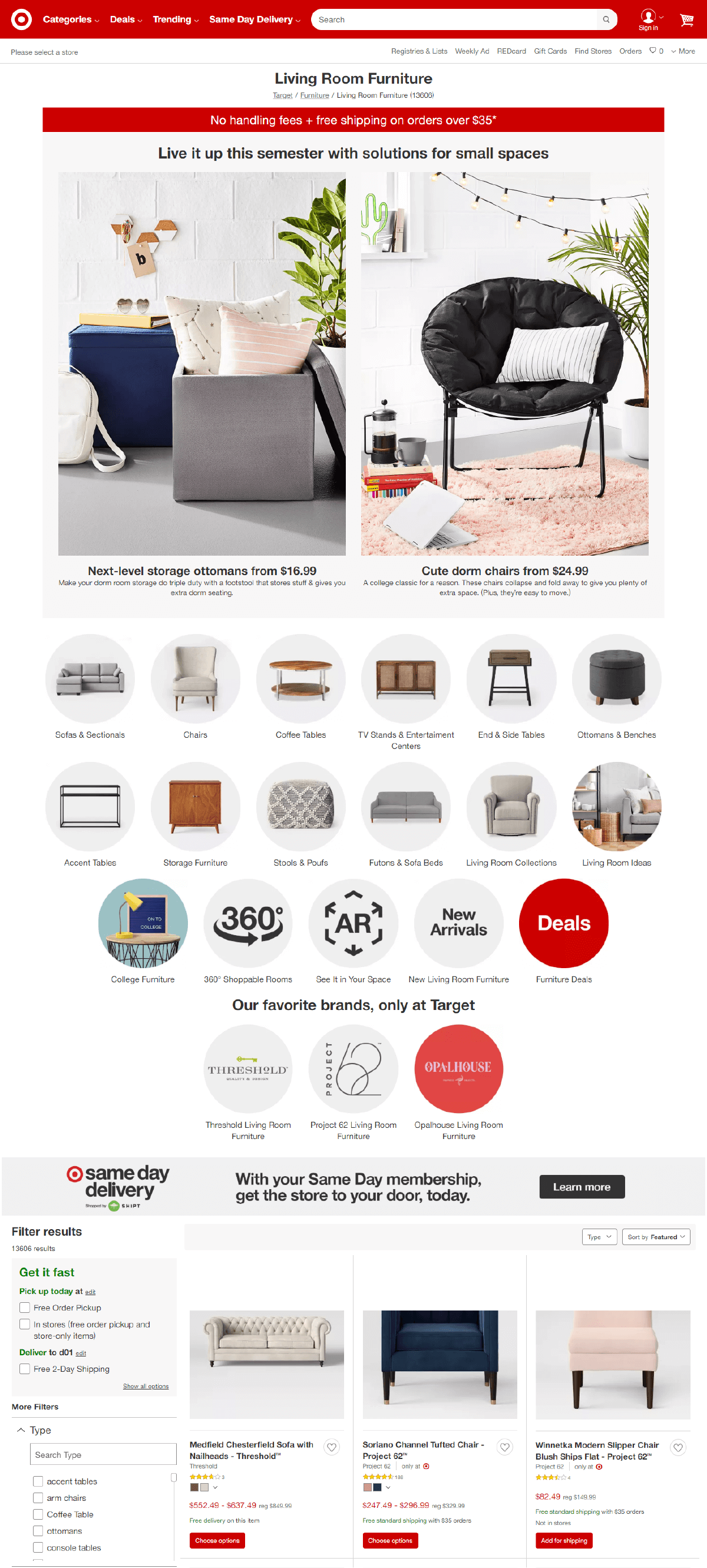
Category UX-design has many challanges. In case you want to deep-dive into Navigation-design a good starting point is the blog from ContactPigion
6. Take advantage of your 404 pages
Are your 404 pages (page not found) a dead end? Instead of leaving customers hanging when they hit a 404, try to guide them to other parts of the website that might be more useful. Customize your 404 page to feature links to your most popular collections, products, and promotions.

7. Add a shoppable instagram feed
Instagram is an extremely useful tool for product discovery. Embedding a shoppable Instagram feed onto your website is a great opportunity to inspire your fans with gorgeous photos and show off your products in everyday scenarios.
Shoppable Instagram feeds are perfect for displaying user-generated content, which is starting to play a massive role in the purchasing behavior of millennials. Research indicates that user-generated content results in 29% higher conversions for sites with it than for those without.
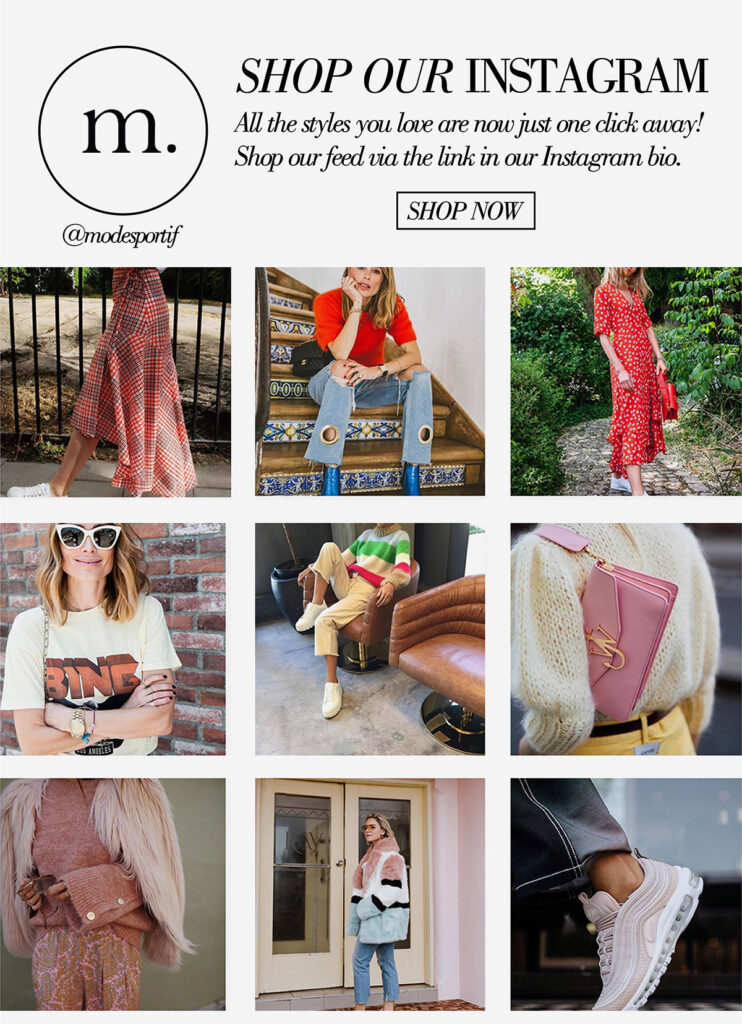
If you own a Shopify store, you can embed your Instagram feed onto your store using an app like Instafeed, just like the one above created by ModeSportif. With these embeddable Instagram feeds, you can promote your top products and link out directly to their product pages, giving your fans a visually engaging way to find new products.
Product pages
Each and every one of your product pages needs to be built around clearly communicating the value of your products to your customers. You need to build immersive experiences that cover every aspect of your products while removing any opportunity for doubt or frustration.
8. Use high-quality product images
High-quality product photos are the most important part of an effective product page. Data from Justuno shows that 93% of consumers consider visual appearance to be the key deciding factor in a purchasing decision. Try to include images that show your products from every angle and accurately represent the look and feel of your products.
As a bonus, include a video that shows your product in action. For instance, if you’re selling t-shirts, give customers a better idea of what your shirts look like in motion and add a video to your product page of a model walking around wearing one. Younger consumers are actually 85% more likely to make a purchase after watching a product video.

9. Be upfront about price, delivery time, and out-of-stock products
The worst thing you can do is mislead your customers. According to the latest shopping cart abandonment statistics, 69.6% of online shopping carts are left behind. The top reason? Extra costs are too high.
Don’t be afraid to let them know the full extent of things like pricing, delivery time, and inventory. If you do an effective job of selling your products and communicating their value, your customers won’t mind paying a little extra for shipping or waiting a little longer for delivery.
If you own a professional CRM, you can also use an app like Back In Stock to give your customers the option to be notified when out-of-stock products are added to your store.
10. Showcase your product reviews
Product reviews are a great way to ease the doubts of hesitant shoppers and give your customers the social proof they need to click Add to Cart.
Positive product reviews can make all the difference in convincing shoppers that a product really works and is worth purchasing. Reviews also help them make more informed decisions in regard to sizing, colour, and more.

On-Page Research tool
11. Use heatmaps
Heatmaps are a popular CRO tactic for ecommerce brands because they take large amounts of behavioral data and turn it into a simple visual representation.
A heatmap shows spots of engagement on your website, normally displayed in “warm” and “cool” color shades. If an area on the heatmap is warm (red, orange, yellow) there’s a high level of activity there. Cooler shades indicate low activity.

Heatmaps show you what elements of your website visitors engage with most. It reveals what parts of your store people click, scroll, and move. Scroll heatmaps show how far down people go before leaving. Apps like Hotjar you study engagement patterns from dynamic elements like pop-ups, drop-downs, and forms, too.
Hotjar also offers other conversion rate optimization tools to help reduce cart abandonment and increase sales, including:
- Screen recording replays, which let you watch people navigate your website and see how they interact with your store.
- Live view, which lets you see visitor activity in real-time. If you see hesitation, you can open up a live chat conversation with the person through the app.
- Segmentation and filtering, which filters heatmaps and recordings by traffic source, device type, browser, and more, so you can target more refined customer groups.
Heatmaps are a great way to see your store through the eyes of your customers. You can learn what’s working and what isn’t, evaluate new ideas, and improve elements of your site to increase conversions.
Checkout experience
The checkout experience is one the final steps of every customer’s purchasing process, so it needs to be as frictionless and flawless as possible to avoid having frustrated customers abandon their carts at the last moment.
At this point in their journey, your customers display clear intent to make a purchase. You need to make that purchase happen quickly and conveniently without any stress or confusion.
12. Pre-fill your customer’s information
You can make it even easier for your current customers to make repeat purchases by prefilling their shipping and billing information with customer accounts. The less information customers need to enter, the better.
One study from Google reports that customers fill out forms 30% faster with autofill, which can result in more conversions at checkout.
13. Send abandoned cart emails
Unfortunately, customers sometimes fill up their carts with products and then leave your store with no intention of returning. With abandoned cart emails, you can remind those customers of the items they’ve already expressed interest in and give them a little nudge to return to your store to complete the purchase.

14. Optimize your thank you/order confirmation emails
After a customer has placed an order, there’s still an opportunity to put them back into your purchasing funnel by optimizing your order confirmation email to encourage them to sign up for your newsletter, link them to content on your blog, or offer them exclusive discounts and promotions for future orders as a token of appreciation.
Shipping and returns
Even after a customer has gone through the checkout process, you need to remember that the purchase isn’t over until the product is in their hands. Think of how you handle shipping and returns as yet another opportunity to delight your customers and turn all of those one-time shoppers into lifelong customers.
Waiting for a package is an anxiety-inducing experience. Receiving a product that you’re dissatisfied with is even worse. You need to do everything in your power to make shipping and returns enjoyable for your audience.
15. Have a clear refund policy
It’s no surprise that some customers are hesitant about making purchases online. When it comes to ordering things like clothing, it can be difficult to know exactly how a piece will fit in person.
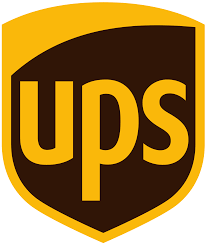
That’s why many brands now advertise “free,” “easy,” and “no-hassle” returns and exchanges to increase conversion rates and online purchases.
To help relieve your customer’s concerns, make sure your business has a clear refund policy so they know exactly what they can do if they aren’t satisfied with an order.
Additional information
Although optimizing elements like your homepage, product discovery features, and product pages is crucial for pushing your customers through the conversion funnel, you also need to make sure that your website contains additional information like contact details and an About section.
16. About US page
Your About page is so much more than a brief summary of your store. It should tell a story to your customers about your products and your brand’s mission. The goal of your About page should be to build a lifestyle around your products that your audience will want to be a part of.
Try to build a story around both your products and your customers’ relationship with them. Ask yourself questions like: Where did your idea come from? What makes them special? What does an average day in your ideal customer’s life look like?
Tip: Get inspirerd by Elemontor. They offer suggestions for a better ‘About-Us’ page.
Below an example of MailChimp About Us page
17. Create a comprehensive Contact page
If your customers want to get in touch with you, they should be able to do so easily. In fact, a web usability report by KoMarketing found that 44% of survey respondents leave a website if there isn’t contact information or a phone number available.
For customers, not being able to share their thoughts and feelings—whether positive or negative—is an extremely frustrating experience. Your Contact page should include ways for your customers to reach out when something goes wrong, as well as opportunities for them to engage with your brand in fun and exciting ways.
Here’s a quick checklist of everything your Contact page should include:
- An email address or contact form
- Your physical location, along with a map and directions
- Your retail store hours
- Links to your social media profiles
- Support-specific contact options, including a phone number or email
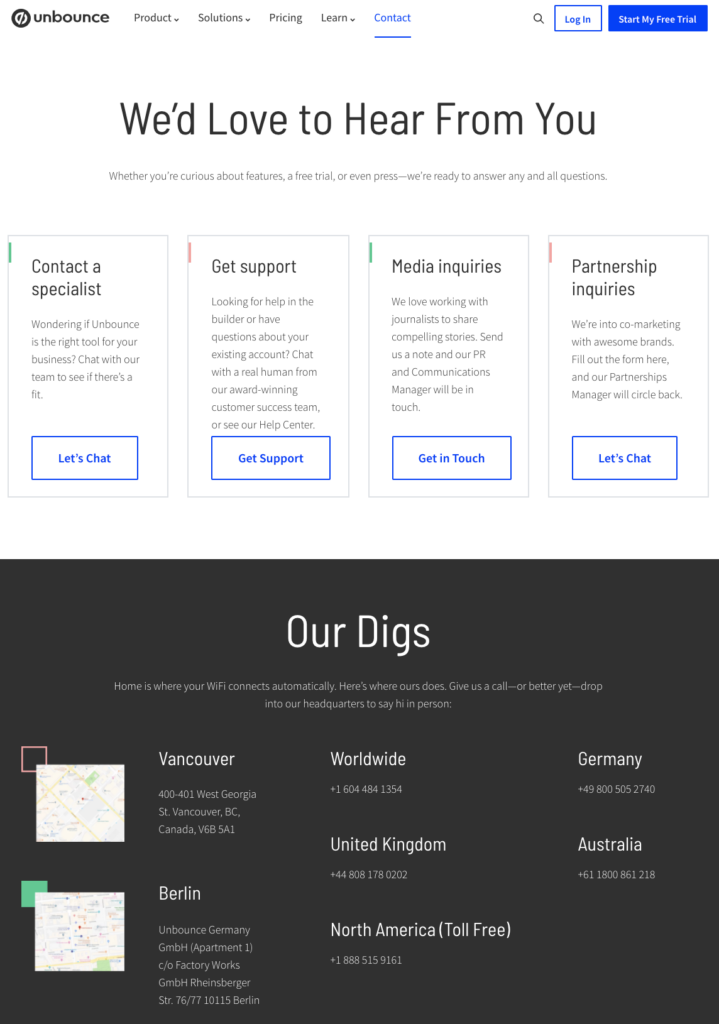
18. Make sure your site is mobile responsive
Being mobile responsive should be a priority for your business. Over 54% of all web traffic comes from smartphones and tablets, according to Statista. You want to provide a great experience for mobile site visitors.
If you want to check if your website is responsive, just drop your URL into Google’s mobile-friendly test tool.
19. Optimize your website’s loading times
As mentioned before, people will leave your website if it’s slow. Faster websites don’t only provide a good experience, but are also good for your store’s SEO. The more people stay on your site, the lower your bounce rate, which signals to search engines that your website is credible and worthy of traffic.
The easiest way to check how long your online store takes to load is by using Google’s PageSpeed Insights tool. PageSpeed Insights will give you a detailed report of how fast your website loads, along with any issues you can resolve to improve your load times.
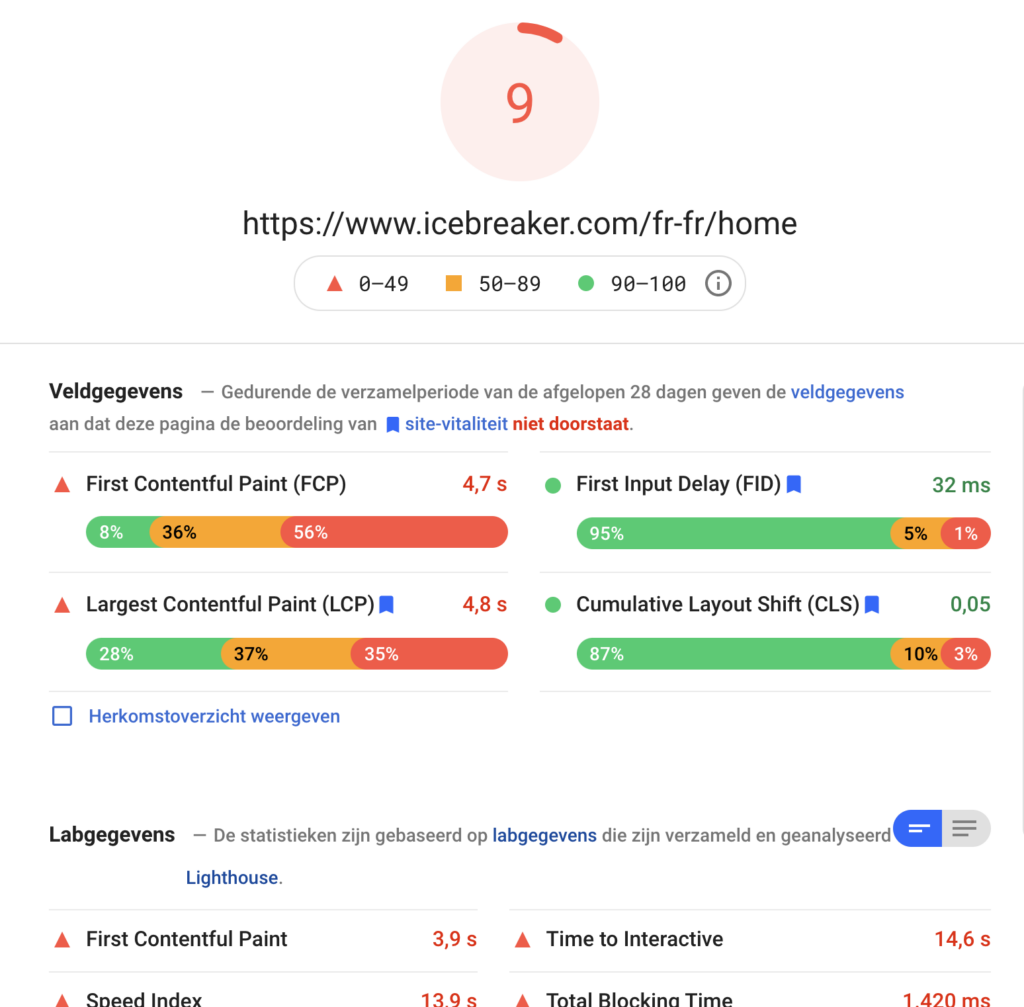
TIP: While optimizing your store’s load times can be a complicated process, there are a couple things to always keep in mind. The size of your images can have a significant impact on how quickly your website loads. Try to compress and optimize every image using a tool like ImageOptim. ImageOptim strips away all of the unnecessary data in every image file, resulting in a much smaller file size with no noticeable visual difference.

